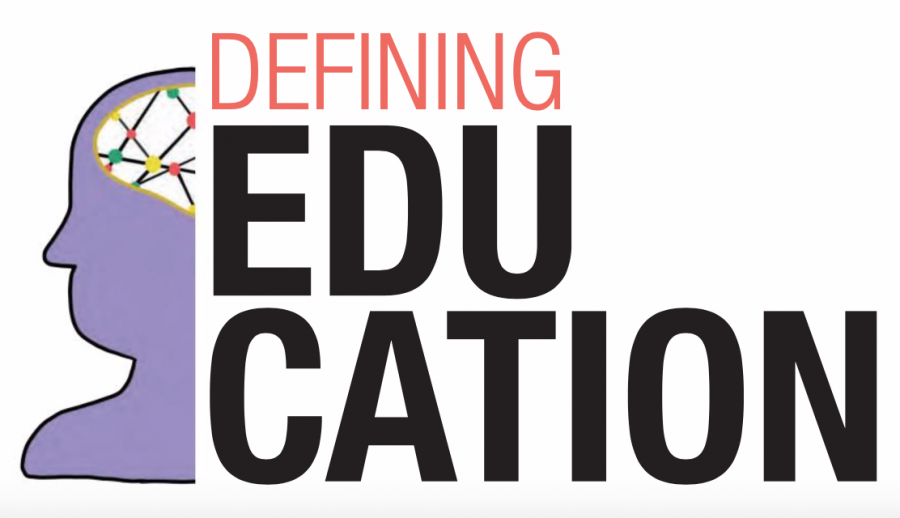Opening a closed door
A look into the reality of a special education class
November 18, 2018
Room 49, a composition of rooms that quarters several classes that serve the special populations of Texas High. Within its boundaries, a self-contained class, vocational and life skills classes, and speech pathology offices can be found.
For students who have no reason to travel to Room 49, the distinctions between general education and special education may go unnoticed.
“We obviously have to differentiate a little bit more. I don’t do any academic courses, so we do all hands-on tasks in our classroom. A normal general ed teacher is going to be teaching to their subject while mine is all life application,” special education teacher Heather Boutrouss said. “Everything I do in my classroom is differentiated. For everybody, we mold; we modify.”
The content of the instruction is also different.
“We spend a big majority of the morning learning how to write and learning the letters and numbers, just overall, many things people take for granted,” special education teacher Samantha Autrey said.
A general education classroom normally follows this outline: lesson, assignment, quiz, then test. Most of these tasks will be done alone. In a self-contained classroom, most assignments will be completed in groups and incorporate a tangible component.
“Special Education is more hands-on where general ed would be more paper and writing,” Autrey said. “A test is more of an observation. It’s not necessarily gonna be so many questions or a review over this. It’s collected over everyday.”
Due to the students’ distinctive differences, there cannot be a one-size-fits all classroom, but one in which modifications are made for each student in order to best serve them and enhance their take away from the class.
“Every student has different accommodations in my classroom. It could be anything like popsicle sticks on pages because one is paralyzed on one side, so he can turn a book page. It can be enlarged [text] because of a vision disability,” Autrey said. “It can be sensory issues where they can’t work with certain textures, so you have to change it completely. It just depends on every single student. Everyone is accommodated differently.”
The role of a special education teacher is more complex than that of a general education teacher because they are responsible for more than just instruction and examination.
“You’re not just a teacher. You’re more of a caregiver, too,” Autrey said. “Where other students rely on the nurse, we are also that person.”
The overall goal for most teachers is to prepare their students to go to college or directly join the workforce, but this does not apply to the students of Boutrouss or Autrey. In terms of Room 49 students, their aspirations seem simple but are, in fact, just as formidable.
“Our long-term goal is to be able to have these students able to cook for themselves using a microwave, understand how to clean, how to wash dishes, how to wash clothes, just those application skills,” Boutrouss said. “For me, it’s just getting them ready for life. Being able to teach a student to function in the world and be successful is my biggest goal for my students”
Despite their differences, the students of Room 49 are still part of the school’s student population before they are a part of special populations, and that needs to be emphasized when they’re outside the classroom.
“If you see us in the hallway, stop and say hi. My guys love to talk to people. They love to meet new people, say hi, and give high fives. Don’t be afraid of that. It’s a good interaction,” Bouttrouss said. “It’s so important for our students to have that interaction because they are going out into society and have to understand how to function with people in a regular setting. Don’t be afraid of that interaction. Embrace it.”

